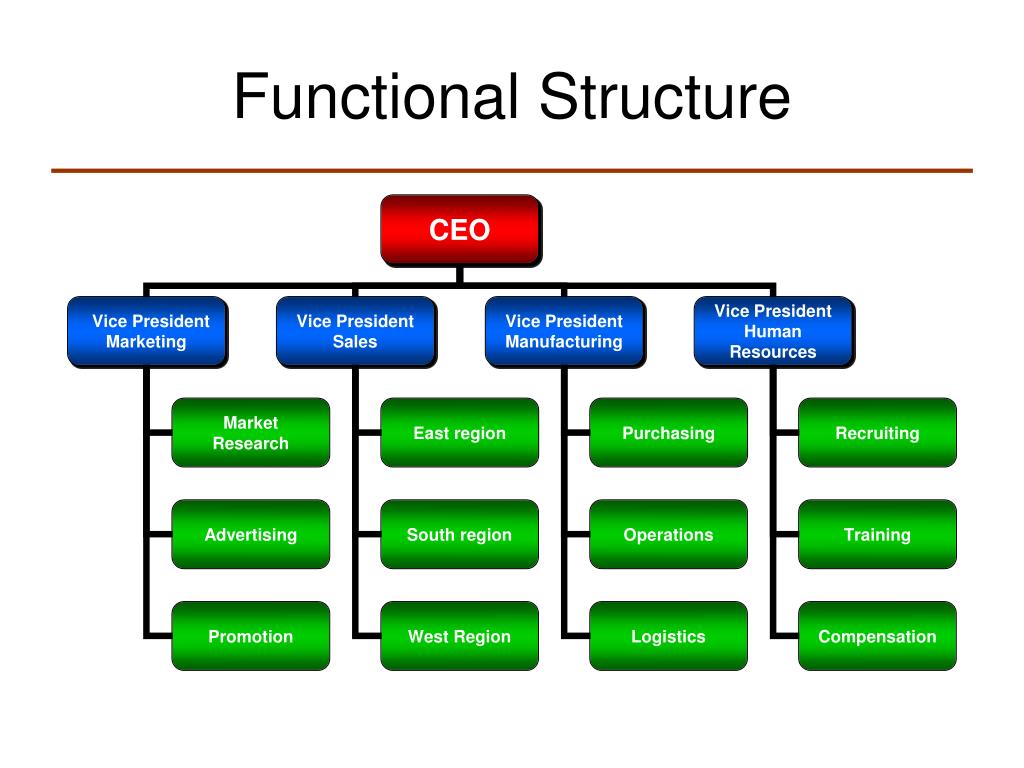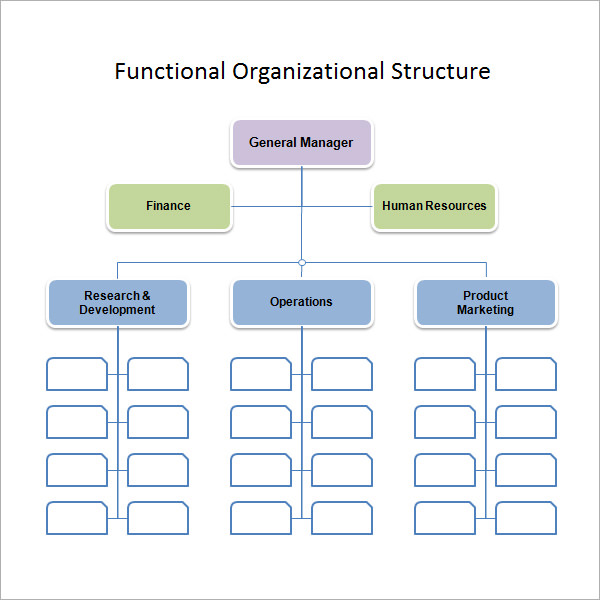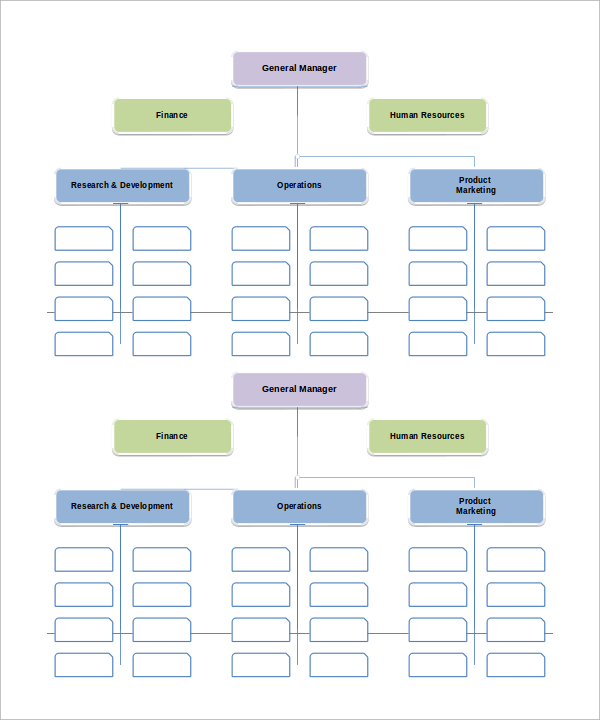

Also, each division has a unique purpose which makes it difficult to be managed. This situation breeds a company personality of competition that can do more harm than good in the long-run.Ĭ. This can create tunnel vision that prevents workers from understanding the needs of co-workers tending to another project. It is easy for a group to feel their product or project is more important than another because of the amount of time and dedication they spend working on it. The main disadvantage of this structure is that it is easy for office politics to take hold and for one divisional team to undermine and compete with another for resources.ī.

Things can get difficult if an organization-defining project is funneling through a functional structure as a specialized unit might not give the project the same attention it needs since it is not a primary priority.Ī.

Also, since these individuals know the project the best they can ensure it is treated with the attention it requires. Normally, each group has a vice president or director which makes it easier for them to obtain the resources they need.ī. What works about this particular structure is the level of autonomy each project receives. This style blends the expertise of many different skill sets.Ī. At the top is the CEO, and after them is a hybrid of functional grouping: public relations, legal, finance, global research, business development, and human resources.Īfter that, the cluster becomes project-based with lower-level employees in groups that address the company’s work in healthcare, energy, aviation, transportation, and a few other projects. General Electric is an excellent example of how this style can work. Instead of focusing on specialties, this structure groups individuals based on the products or projects they are undertaking. As a result, innovation and forward-thinking ideas can quickly become stifled. This type of structure makes it difficult to have a holistic view. It is also easy for departments to slip into a mindset where they only worry about their own results and forget how their numbers impact other departments in the company.Ĭ. Because of the specialized departments, management can forget to implement mechanisms for units to communicate across one another or collaborate when appropriate.ī. However, there are apparent disadvantages to this conventional structure.Ī. Also, there is a clear path of promotion for employees, which makes it likely that managers participate in the tasks workers are involved in making them more aware of decisions that need to be made.

This allows for teams to easily share information between one another and further optimizes the department they are a part of.Ĭ. This set-up also puts professionals who specialize in one thing together. A clear definition of top management and other specialized departments sets the expectation of who reports to who, and how they can communicate with one another.ī. The Benefits and Challenges of Functional StructuresĪ. Since each team works in silos, management is expected to guide all departments into one unit. Since professionals who do work in the same field are pulled together, this arrangement pulls individuals away from a generalist role.Įach specialist group answers to top management. A functional structure also facilitates the development of specialists. This is one of the more common forms, and it is not necessarily designed to respond to change quickly. This forms the well-known hierarchy of senior management, marketing, finance, human resources, and operations. This is a traditional structure and includes divisions based upon specialty.
#FUNCTIONAL STRUCTURE PDF#
View and manage data on Timeline and Dashboard screens, generate consolidated PDF reports. 100+ forms available: reports, logbooks, requests, etc. Sponsored: ProsperForms - receive reports from your team members on autopilot.


 0 kommentar(er)
0 kommentar(er)
